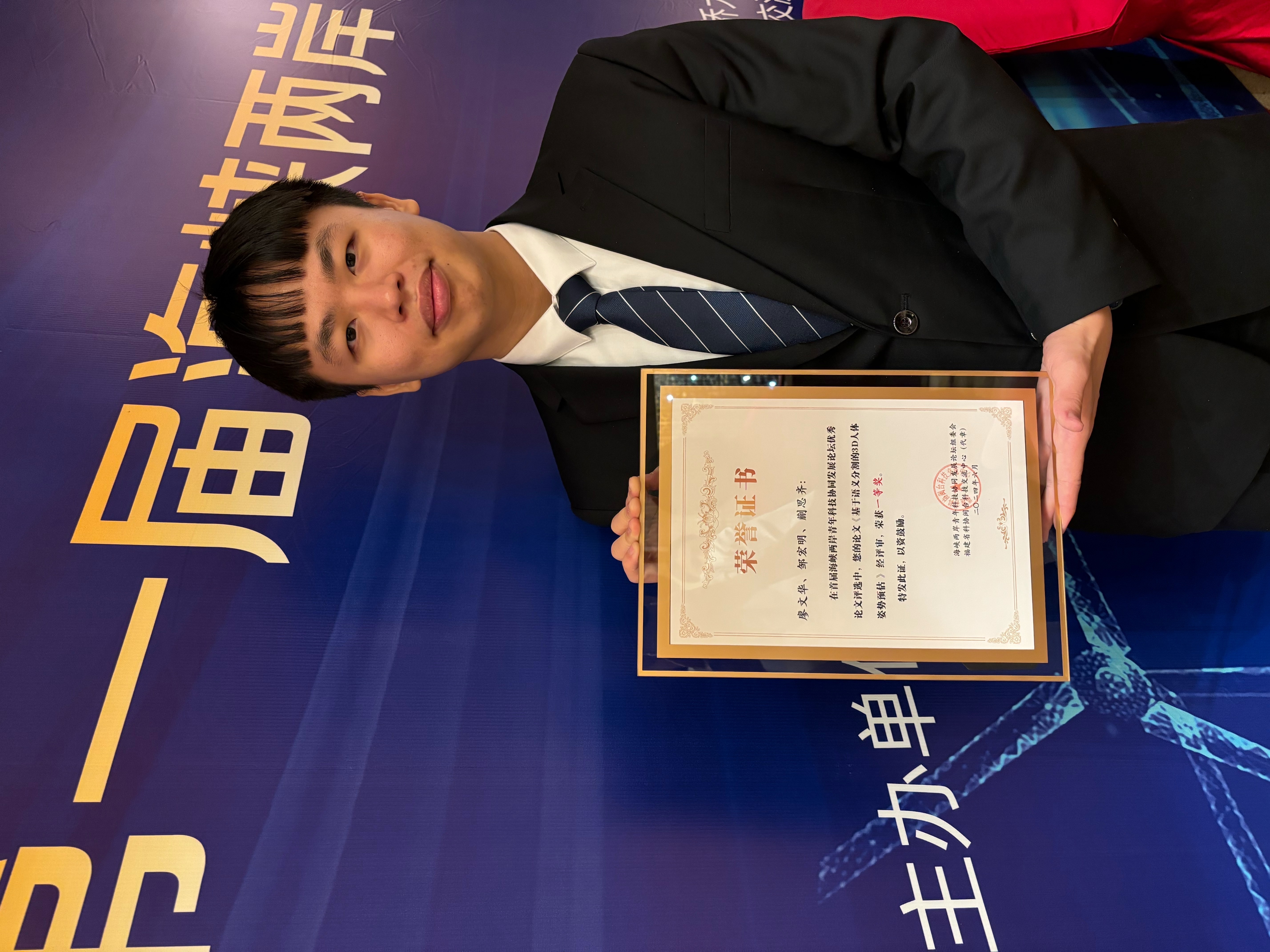Xiamen2024 Conference
- Category Conference
- Host: China Xiamen Nikko International Hotel
- Conference date: 16 June, 2024
- Conference URL: Xiamen2024
Xiamen Conference Paper Abstract
This thesis proposes a 3D human pose prediction method based on semantic segmentation, aiming to solve the challenge of accurately predicting human poses under conditions such as different camera angles, complex backgrounds, and occlusions. Traditional 3D human pose estimation faces various difficulties, such as 2D to 3D ambiguity, occlusion and background interference. These problems often cause the model to be unable to accurately capture the joint points and details of all human bodies in the image, thus affecting the positioning of human joint points. accuracy and completeness. This study extracts deep features from images, combines generative models and data enhancement technology, and simulates the distribution of human skeleton and joints to enhance the model's ability to recognize and reconstruct human postures. This study first uses semantic segmentation technology to separate human body outlines, occlusions and backgrounds in images, and then obtains deep human body features from the segmented images. The deep human body features are trained through a generative model using the Human3.6M data set. The generative model is input into the enhanced algorithm model, and the occluded human posture is reconstructed by adjusting the angle, length, rotation and translation of the skeleton points. To evaluate this research, we conducted experiments and evaluations on multiple 3D human pose estimation public data sets designed for occlusion problems, including scenes in different environments and with various occlusion levels. The experimental results show that the accuracy of this research method in 3D human posture estimation is better than the current existing technology.


